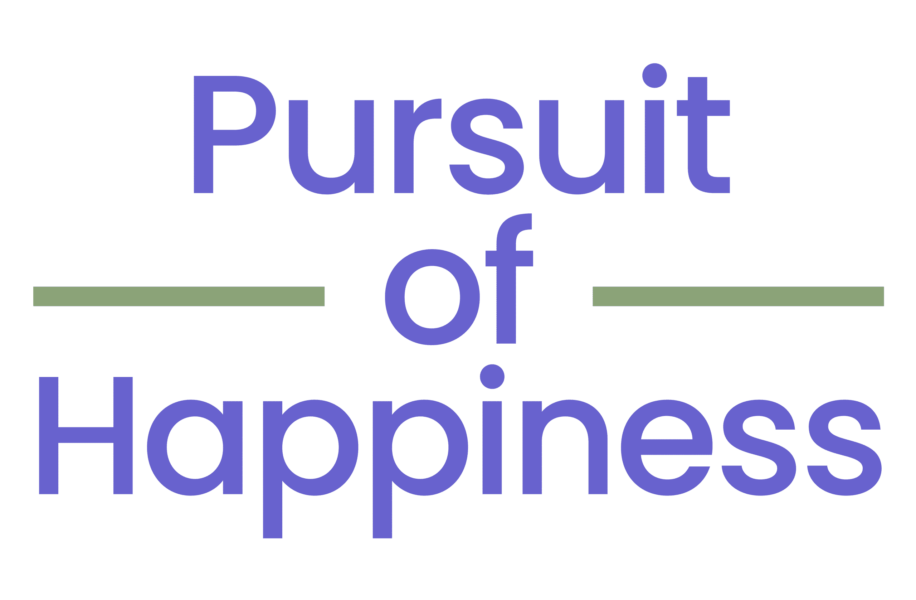The Pursuit of Happiness: Finding Joy in Life’s Simple Pleasures
Introduction
In our fast-paced world, the pursuit of happiness has become a universal goal. People from all walks of life are constantly seeking ways to enhance their well-being and find fulfillment. But what does it truly mean to be happy? Is it about achieving grand goals or basking in life’s simple pleasures? This article delves deep into the happiness category, exploring the nuances of joy, contentment, and the art of finding happiness in everyday life.

Defining Happiness
Happiness is a multifaceted concept that varies from person to person. It’s not merely the absence of sadness but a state of emotional and mental well-being. Let’s break down the components of happiness:
Emotional Happiness
Emotional happiness encompasses moments of joy, laughter, and positive experiences. These feelings provide a sense of fulfillment and can be as simple as sharing a smile with a stranger or savoring a delicious meal.
Psychological Well-being
Psychological well-being involves having a positive outlook on life, resilience in the face of challenges, and a sense of purpose. It’s about feeling content with who you are and where you’re headed.

Social Connections
Human beings are inherently social creatures. Building meaningful relationships, fostering connections with family and friends, and feeling a sense of belonging contribute significantly to overall happiness.
The Pursuit of Materialism
In today’s consumer-driven society, many people associate happiness with material possessions. While it’s true that having necessities and some comforts can improve our quality of life, the pursuit of excessive wealth often leads to a paradox known as the “hedonic treadmill.”
The Hedonic Treadmill
The hedonic treadmill suggests that people adapt quickly to improvements in their circumstances, leading to a temporary spike in happiness followed by a return to their baseline emotional state. This phenomenon highlights the fleeting nature of materialistic pursuits.
The Science of Happiness
Scientists have been studying happiness for decades, revealing fascinating insights into what truly makes us happy. Several factors contribute to our overall sense of well-being:
Neurotransmitters and Hormones
Our brain releases neurotransmitters like serotonin, dopamine, and endorphins when we experience pleasure or happiness. These chemicals play a crucial role in regulating our moods.
Gratitude and Mindfulness
Practicing gratitude and mindfulness can significantly increase happiness. Taking time to appreciate the small joys in life and being present in the moment can enhance overall well-being.

Finding Happiness in Everyday Life
So, how can we find happiness in our daily lives? Here are some actionable steps:
Cultivate Relationships
Invest time in nurturing meaningful relationships with loved ones. Building strong connections with family and friends can provide lasting happiness.
Pursue Passions
Engaging in activities you’re passionate about can bring immense joy. Whether it’s a hobby, a creative pursuit, or a sport, doing what you love can be a reliable source of happiness.
Practice Gratitude
Start a gratitude journal and regularly jot down things you’re thankful for. This simple practice can shift your focus towards positivity.
Conclusion
In the relentless pursuit of happiness, it’s essential to remember that true joy often resides in life’s simple pleasures. While material possessions and grand achievements have their place, the real magic happens when we find happiness in the everyday moments. Cultivating relationships, pursuing passions, and practicing gratitude are the keys to unlocking a happier and more fulfilling life.
FAQs
What is the connection between gratitude and happiness?
Gratitude fosters a positive mindset and can lead to increased happiness by shifting our focus toward the positive aspects of life.
Can material possessions bring lasting happiness?
While they may provide temporary pleasure, lasting happiness is typically derived from non-material sources like relationships, experiences, and personal growth.
How can I practice mindfulness in my daily life?
Mindfulness involves being fully present in the moment. You can practice it through meditation, deep breathing exercises, or simply by paying close attention to your surroundings.
Is happiness a constant state, or does it fluctuate?
Happiness is not a constant state; it fluctuates based on various factors. However, by cultivating positive habits and mindset, you can maintain a higher baseline level of happiness.
Can pursuing passions lead to a happier life?
Absolutely. Engaging in activities that you’re passionate about can bring a profound sense of joy and fulfillment to your life.
In conclusion, the pursuit of happiness is a journey that we all embark upon. It’s about finding that delicate balance between our aspirations and appreciating the beauty of the present moment. So, as you go about your day, take a moment to relish life’s simple pleasures and let them be a source of everlasting happiness.
